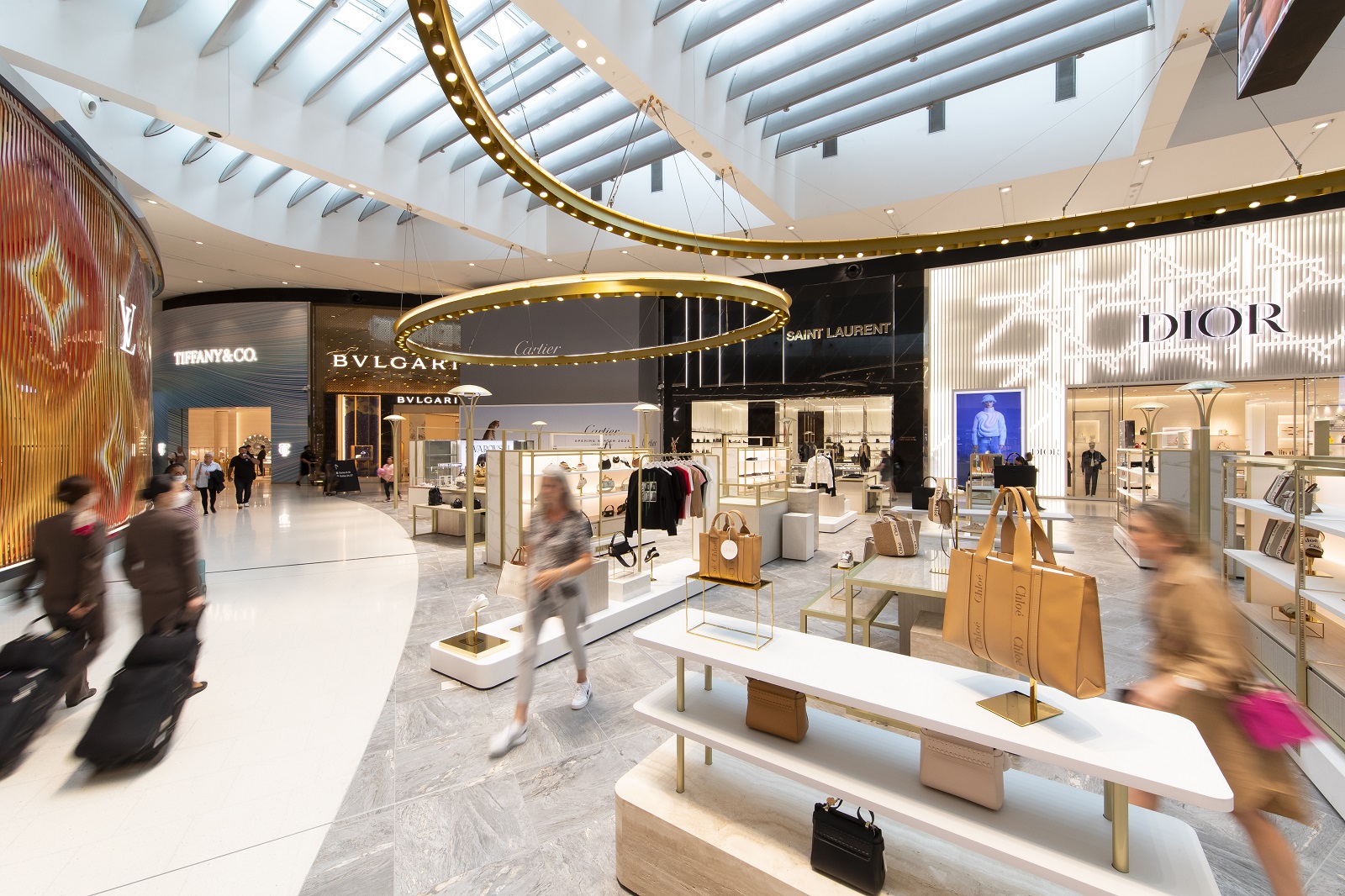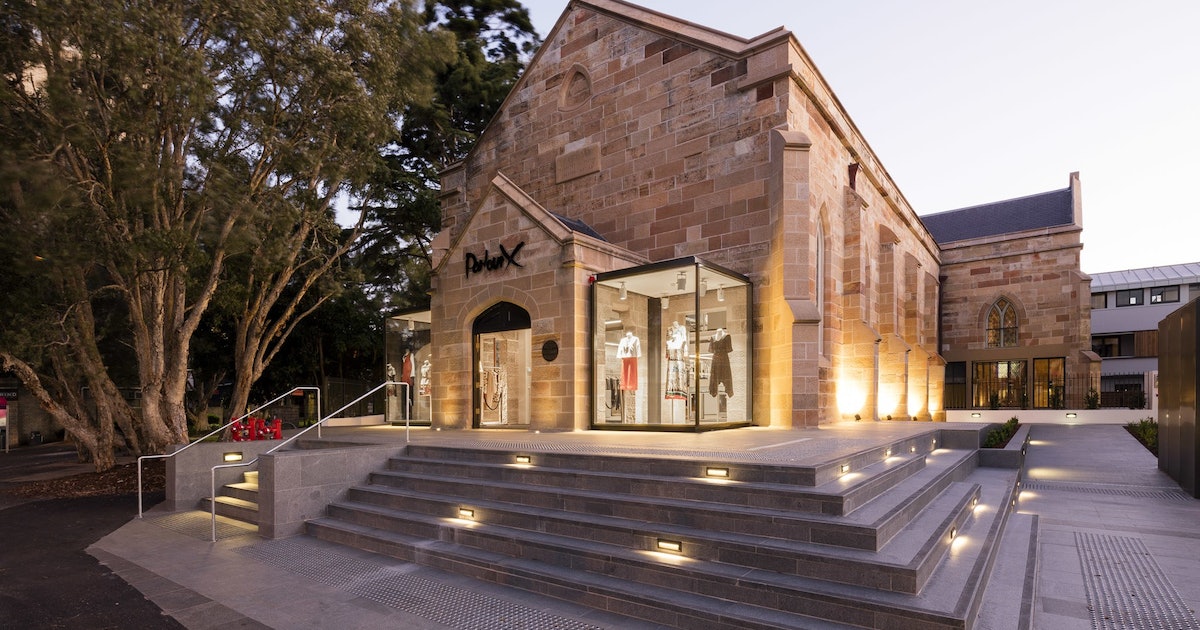With an abundance of high-end fashion offerings ranging from luxury labels like Gucci and Prada to independent boutiques offering unique styles, Australia has become a hub for fashion enthusiasts seeking something special.
The designer clothing boutique industry in Australia is a fascinating tapestry of fashion and business, interwoven with various threads of creativity, innovation, and strategy.
Over the past decade, the industry has experienced steady growth, fueled by an ever-increasing awareness of the quality and design offerings available. Boutique owners have been able to capitalise on this trend by providing customers with an exceptional shopping experience featuring personalised customer service and exclusive items.
Designer boutiques in Australia offer a diverse range of styles from both local and international designers. Local designers, in particular, focus on creating unique pieces that reflect their distinct point-of-view while also incorporating trends from around the world. This allows them to create a distinctive look for their customers that sets them apart from traditional department stores or online retailers.
Many local boutiques also host events where customers can meet with designers, ask questions about fit and style, or even get advice on how to style certain items in their wardrobe.
International design houses such as Gucci, Prada, Burberry, and Louis Vuitton also have a large presence within Australia’s designer boutique scene due to their popularity among high-end shoppers who are always on the lookout for the latest luxury items.
Market analysis to support Australian designer clothing boutiques
Market analysis is an essential part of any business strategy, especially in the highly competitive designer clothing boutique industry. By gathering and assessing information about a market, companies can better understand current trends, potential opportunities, and threats.
This involves looking at past and present data regarding factors such as customer demographics, pricing structure, competitive landscape, industry trends, and other aspects that may affect a company’s success.
At its core, market analysis involves looking at past data to understand how markets have evolved over time. This can provide valuable insights into current customer demand and preferences, as well as areas where companies may be able to capitalise on changes in the marketplace. Companies can then use these insights to identify new target markets or refine existing product offerings so they are better aligned with customer needs.
In addition to historical data, market analysis also involves researching competitors’ strategies and examining their pricing models. This allows companies not only to gain insight into what their competitors are doing but also how they might be able to differentiate themselves from them to benefit from new opportunities or minimise potential threats posed by those same competitors.
When conducting market analysis, it is important for businesses not only to look at current trends but also anticipate future changes that could impact their operations. This requires a keen understanding of the broader economic and social landscape, as well as a willingness to adapt and innovate in response to emerging trends and challenges.
Target market segmentation is another critical marketing tool that helps businesses identify and target potential customers. By segmenting a market, companies can better understand different customer needs and preferences, enabling them to create more effective campaigns that will attract their desired target audience.
The first step in target market segmentation is defining who your ideal customer is. This includes identifying demographic characteristics such as age, gender, geographic location, income level, lifestyle, and other factors that may affect buying behavior. Once you have a clear picture of who your ideal customer is, you can begin researching the various segments within your target market to determine which would be most likely to respond positively to your products or services.
In terms of pricing strategy, boutique owners must carefully balance the need to remain competitive with the need to maintain profit margins. Unlike large department stores, boutiques typically have higher operating costs and smaller profit margins due to their smaller customer base and limited resources. To remain competitive, many boutiques offer unique promotions and discounts to attract customers and build brand loyalty. However, these discounts must be carefully managed to ensure that they do not erode profit margins or devalue the brand image.
Final thoughts
In conclusion, the designer clothing boutique industry in Australia is a dynamic and growing sector that offers a wide range of options for consumers seeking high-end fashion. Boutique owners must navigate a variety of challenges including burstiness of the market, competition from larger retailers, and the need to balance pricing strategies with profit margins. However, with careful planning, innovative technologies, and a strong focus on customer experience, boutique owners can differentiate themselves and thrive in this exciting and ever-evolving industry.



No Comments